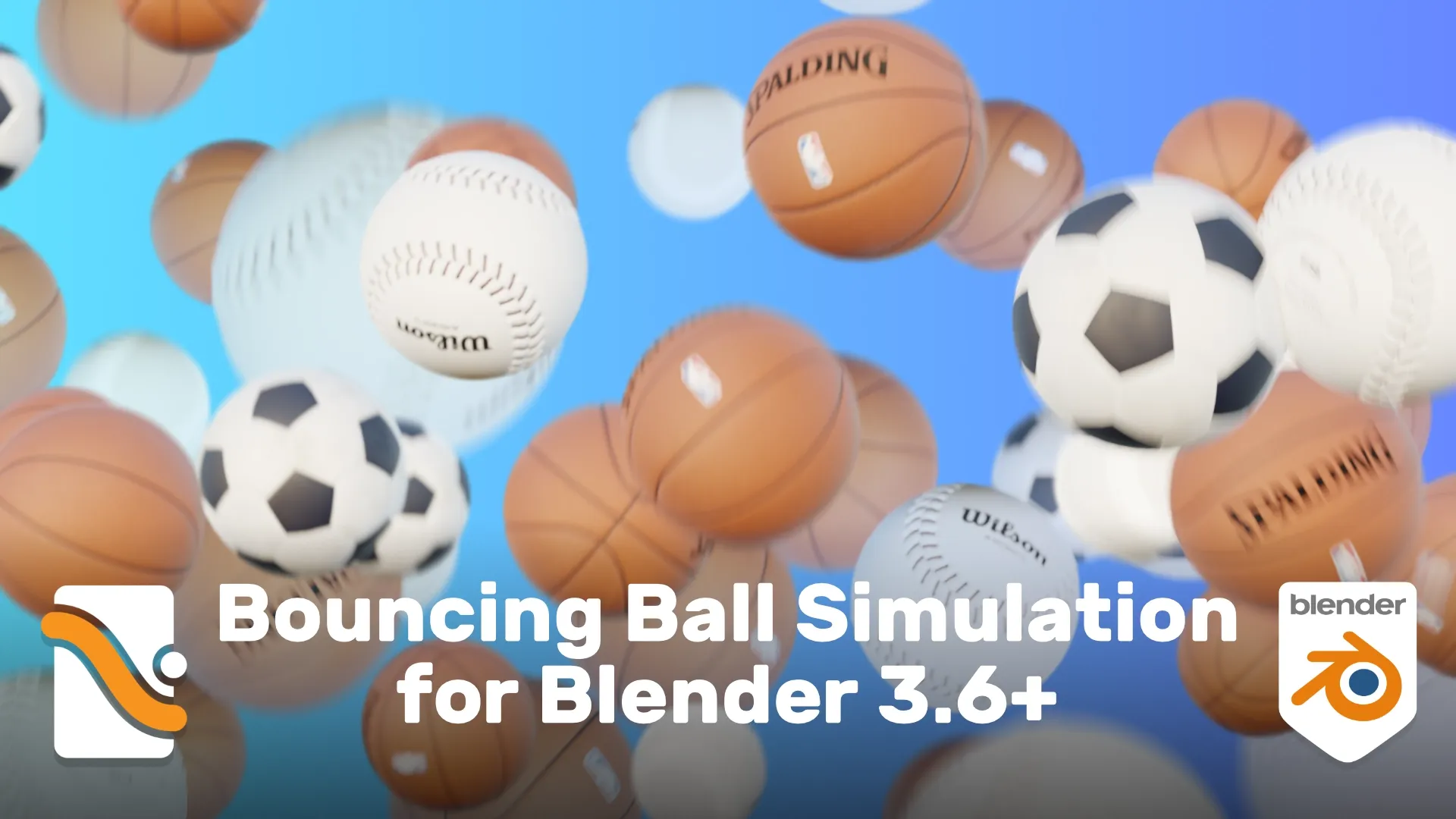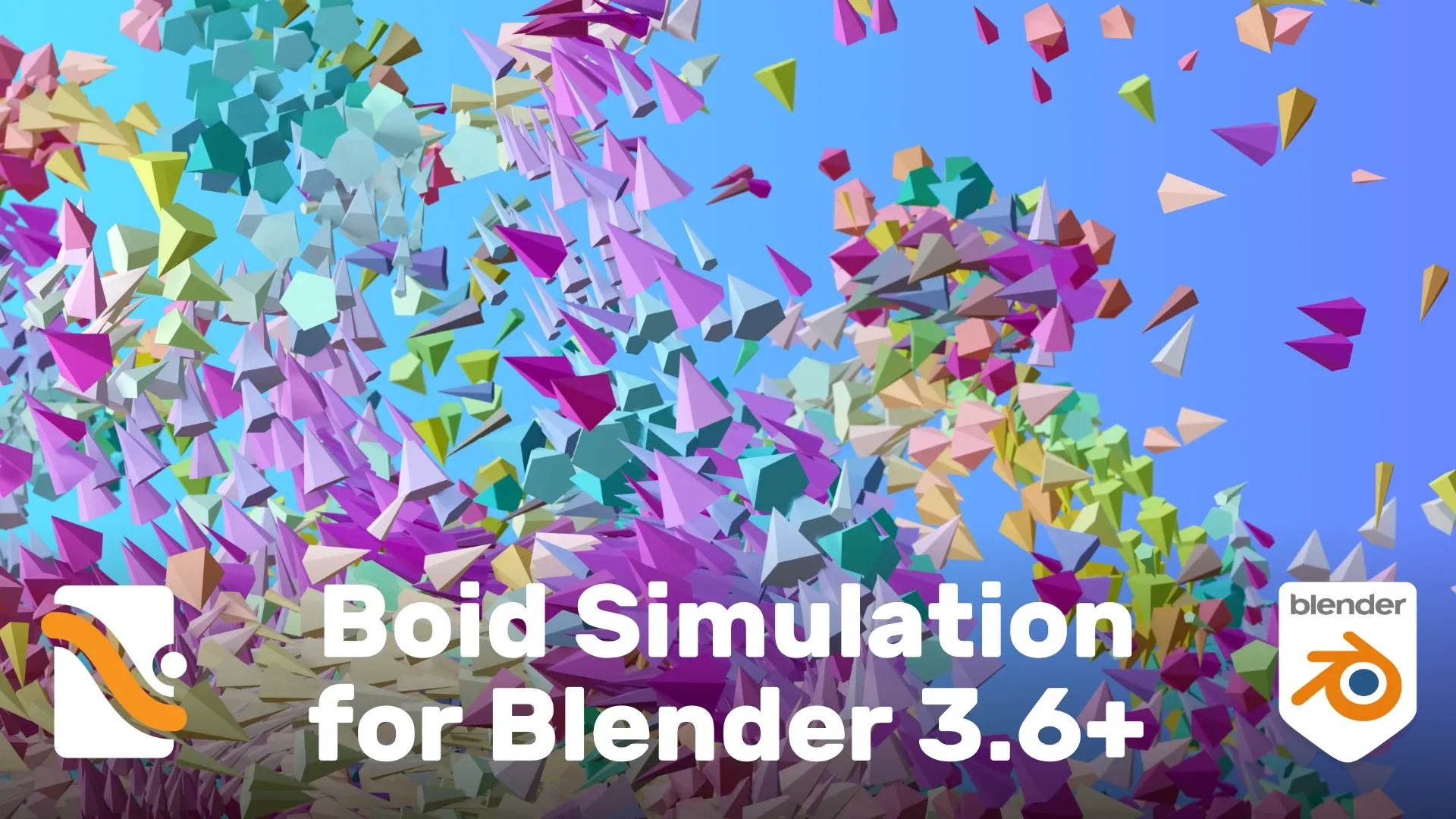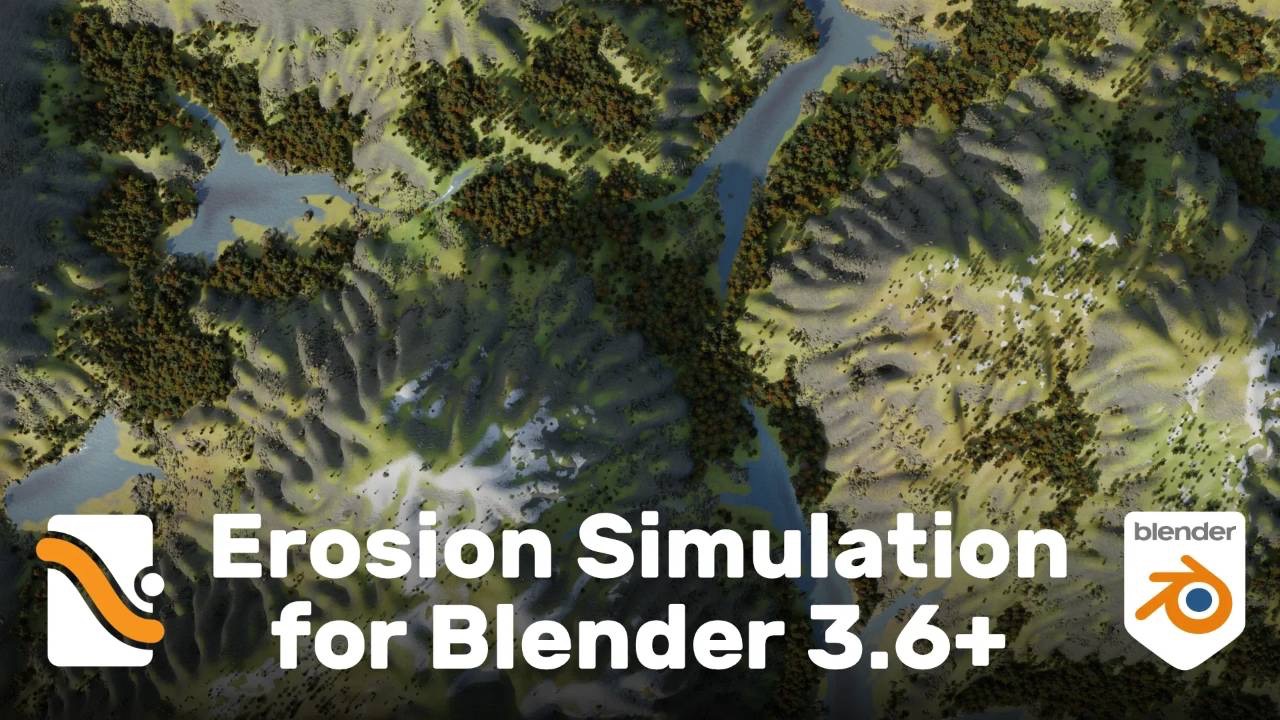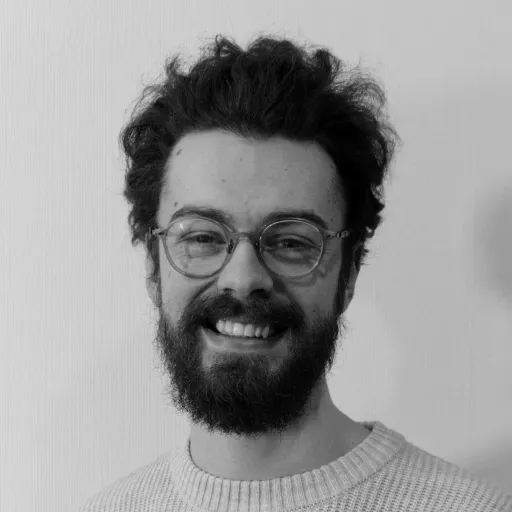Mastering Simulation Nodes
Bundle
Simulation nodes will grow, and as it does, so too will this bundle. To start off we're jumping straight into Bouncing Balls, Boids, and Hydraulic Erosion with Soil Transport simulations in Blender 3.6LTS.
What's in the Bundle?
This course bundle will give you access to all three simulation nodes modules: Bouncing Balls, Boids, and Erosion.
Learn to break into the exciting world of procedural simulations!
This series is perfect for any artist wanting to add procedural simulation to their technical tool bag.
Learning a new procedural system can be very challenging with limited resources available and a new paradigm to wrap your head around.
This is an opportunity to get ahead as you build a solid foundation for not just creating simulations, but also guiding them with intuitive solutions, optimising them to run faster and smoother, and learning good practice workflows for ensuring your graphs are built to a professional standard.
To get the most out of the course, some familiarity with Geometry Nodes tools and workflows is assumed but even a beginner can follow along. All content is step-by-step, commentated live, with shortcuts displayed on screen. None of the lessons are timelapses.
All videos have closed captions in English and auto-translated into French, Spanish, Portugese, Arabic, Chinese, and Japanese.

Bouncing Balls
You will learn:
- The foundations of using Simulations Nodes
- Implementing collisions and bouncing
- Implementing interactions between numerous balls
- Calculate rotations based on the collision impulse
- Create endless point spawing following a controllable empty

Boids
You will learn:
- Core boid behaviours
- Particle dynamics
- Implementing various forces on particles
- Creating attractor and repeller objects
- Directing simulations with curve objects
- Visualising various data through shaders
- Building professional node graphs
- Strategies for optimising computation

Erosion
You will learn:
- Understanding the concepts around particle-based erosion
- Optimal algorithm for sliding across the surface
- Creating an initial "simple" erosion system
- Understanding sediment capacity
- Controlling erosion against sedimentation
- Generalising the system for different base terrain types
- Creating extra data for shaders and scattering
- Building a 4-zone terrain shader
- Populating the scene with nature assets
Courses in This Bundle
Meet Your Instructor
In 2009 Erin released a shader tutorial for Blender 2.49 and the rest, as they say, is history. Now a creative professional using Blender daily and leading the largest procedural Blender community, Erin is passionate about empowering creators with the technical skills required to break through their limits.
They are fascinated with procedural workflows, whether that's in shaders, or modelling with Geometry Nodes or Sverchok, or even outside Blender with Houdini and Grasshopper.
More recently, a foray into scripting with Python and C#. They find the ability to build truly interconnected and reactive systems very exciting, especially coming from a background of built environment as a qualified Cabinet Maker and Interior Designer.




